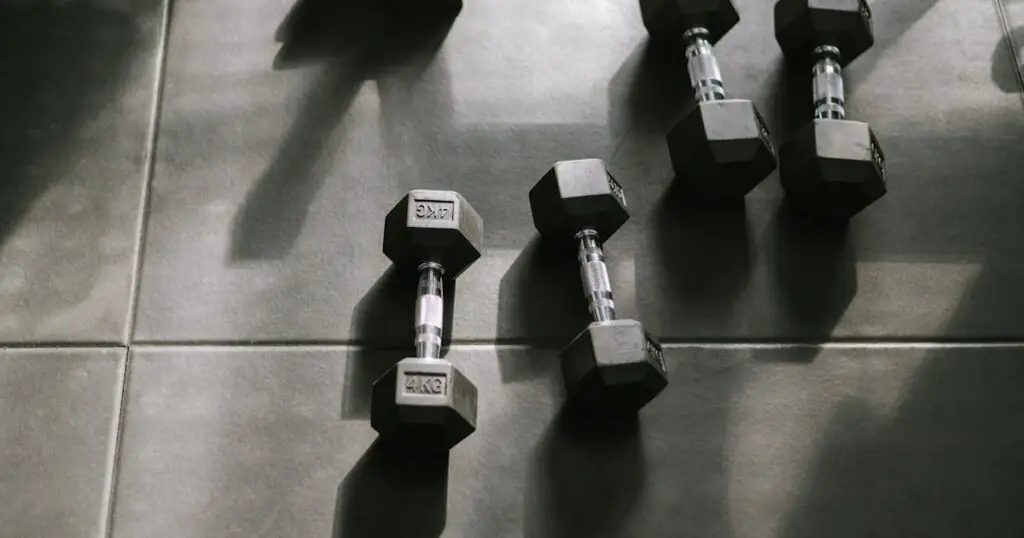Welcome to our guide on how to increase cardiovascular fitness! As local residents, cultural enthusiasts, and community-oriented individuals, we understand the importance of maintaining a healthy lifestyle. That’s why we’re here to share some tips and tricks on how you can improve your cardiovascular fitness.
Whether you’re a food and fashion follower or a history and culture buff, this guide is for you. We’ll cover how long your workouts should be, how many days each week you should exercise, how hard you should push yourself, and when it’s okay to add more time or distance to your routine. So let’s get started!

How long should my workout be?
When it comes to increasing cardiovascular fitness, the length of your workout is crucial. Ideally, you should aim for at least 30 minutes of moderate to vigorous aerobic exercise each day. This can include activities such as running, cycling, swimming, or even dancing. If you’re new to exercising, start with shorter sessions and gradually work your way up to 30 minutes. Remember, any form of physical activity is better than none.
However, if you’re looking to challenge yourself and see faster results, you can increase your workout length up to 60 minutes each day. Just be sure to listen to your body and take breaks when needed. It’s important not to overexert yourself, as it can lead to injury or burnout.
How many days each week should I exercise?
The American Heart Association recommends at least 150 minutes of moderate aerobic exercise or 75 minutes of vigorous aerobic exercise each week. This translates to about 30 minutes of exercise, five days a week, for moderate intensity and 25 minutes, three days a week, for high intensity.
However, this is just a guideline and can be adjusted based on your fitness goals and current level of activity.
If you’re just starting, aim for at least three days of exercise each week and gradually increase the frequency as your fitness improves. Remember to also incorporate strength training and flexibility exercises into your routine for a well-rounded fitness regimen.

How hard should I push myself?
This is a common question when it comes to increasing cardiovascular fitness. The answer is: it depends on your fitness level and goals. You should aim for moderate to vigorous intensity, which means you should be able to hold a conversation but still feel like you’re working hard.
To determine the intensity of your workout, you can use the “talk test.” If you can speak in full sentences while exercising, then it’s considered moderate intensity. If you can only say a few words at a time, then it’s considered vigorous intensity. However, if you have any existing health conditions or are just starting out, consult with your doctor before pushing yourself too hard.
How do I know when it’s o.k. to add more time or distance?
If you’ve been consistently exercising for at least 30 minutes each day and feel like your fitness has improved, then it may be time to add more time or distance to your routine. However, this should always be done gradually and in small increments.
For example, if you’ve been running for 30 minutes each day, try adding an extra five minutes to your run or aim for a slightly longer distance. This gradual increase will not only prevent injury but also challenge your body to improve.

FAQs:
In this section, we will be delving into some of the most common inquiries and curiosities that surround our topic.
Can I split my workouts throughout the day?
Yes, you can. As long as your total workout time adds up to at least 30 minutes, it doesn’t have to be done in one session. You can break it up into two or three sessions throughout the day.
if I don’t have access to a gym or equipment?
No problem. There are plenty of at-home exercises that can help improve cardiovascular fitness, such as jumping jacks, burpees, and jump rope. You can also go for a brisk walk or jog outside.
How long will it take to see results?
It varies from person to person, but with consistency and dedication, you can start seeing improvements in your cardiovascular fitness within a few weeks. Just remember to also maintain a healthy diet and get enough rest for optimal results.
conclusion: How To Increase Cardiovascular Fitness?
In conclusion, boosting your cardiovascular fitness is an incredibly rewarding journey that benefits not just your physical well-being, but also your mental and emotional health. We’ve covered some essential tips, from the ideal workout lengths and frequency to understanding how hard to push yourself and recognizing when it’s time to step up your routine.
Remember, the key is to start where you are and to progress at a pace that feels right for you. Take it one step at a time, and celebrate the small victories along the way. Whether you’re walking through our lovely neighborhoods, cycling on scenic trails, or enjoying a swim at the local pool, know that every bit of effort counts towards a healthier, more vibrant life.



Leave a Comment
You must be logged in to post a comment.